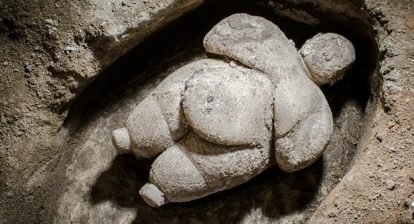In February/ March 1917, the Bourgeois Democratic Revolution took place in imperial Russia, resulting in the abdication of Tsar Nicholas II. This had come about due to massive discontent with imperial rule, culminating in protests against food rationing. The Russian Army sided with the revolutionaries, who included bread rioters, industrial strikers and others suffering from economic and social problems compounded by the First World War. This became the first of the two 1917 revolutions.
April Theses and the Russian Revolution
Vladimir Lenin was in exile at this point and he returned to Petrograd (St. Petersburg) and issued a series of ten directives, aimed at fellow Bolsheviks and calling upon soviets (workers’ councils and political bodies) to denounce liberals and social revolutionaries in the Provisional Government, that had been set up after the abdication of the Tsar. The April Thesis called for Bolsheviks not to cooperate with the government, and called for new communist policies.
He announced the April Theses in two speeches on April 17, 1917, convincing the returning and more moderate Bolshevik leaders to oppose the Provisional Government and take a hard-line Marxist agenda. The arguments in the April Theses laid the ideological groundwork for the second and final October Revolution, that resulted in the USSR.
The selected Optin Cat form doesn't exist.







